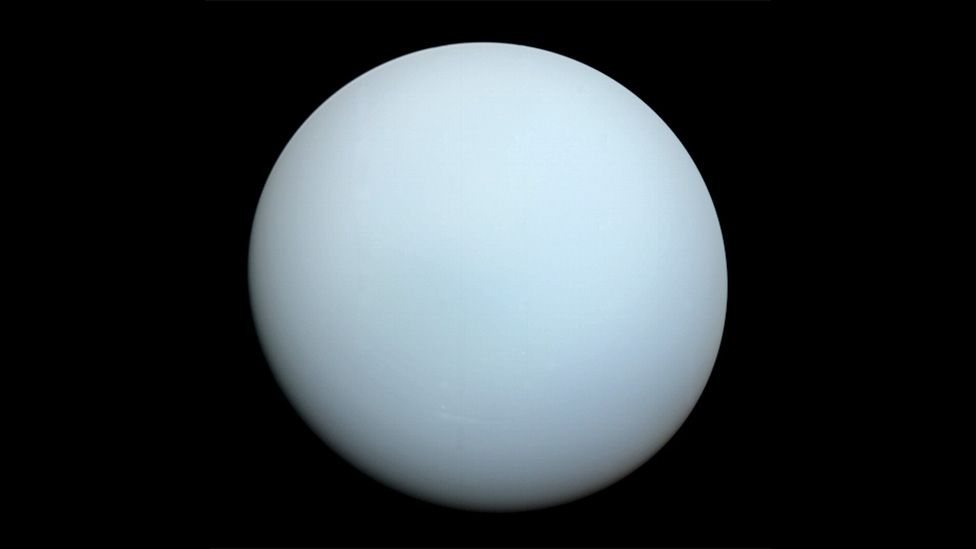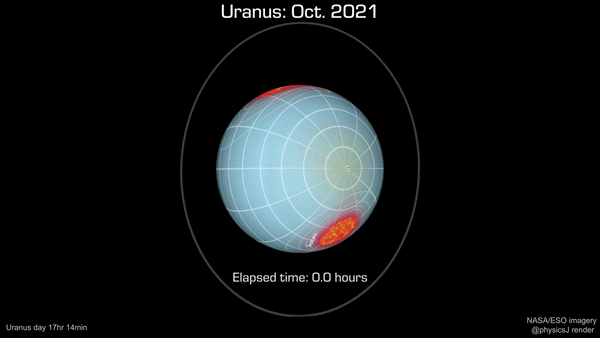Cold Uranus should become the next priority target for the exploration of the Solar System by the NASA Space Agency. This opinion is shared by an influential group of scientists. The recommendation is contained in a document published by the US National Academy of Sciences (NAS). The researchers believe that an in-depth study of Uranus can help them better understand the many exoplanets of similar size found around other stars.

This manifesto, known as the “ten-year study,” is a recommendation of what the American research community considers a priority for getting answers to many questions of planetary science. In the last planetary ten-year manifesto, published in 2011, the main priorities were the mission to collect rocks to Mars, which became the Perseverance rover, now located on the surface of the Red Planet; and the Europa Clipper mission to Jupiter and its moon Europa, which would be launched in 2024.
Uranus will help to know exoplanets
The “ice giant” is the seventh planet in our Solar System, orbiting the Sun 19 times farther than the Earth. Man–made objects visited it only once – during the short flight of the Voyager 2 probe in 1986. Supporters claim that over the years, the arguments in favor of a new study of Uranus have only strengthened.

Planets currently discovered around stars different from our Sun are typically three or four times the size of Earth. This corresponds to the size of Uranus and Neptune. Therefore, a detailed study of our cold giant planets can help astronomers answer many questions related to the formation of distant exoplanets.
Gravity Slingshot
There are favorable launch opportunities in 2031 and 2032. This time would be ideal for using a “gravity slingshot” around Jupiter to give acceleration to the spacecraft to reduce the total flight time to “just” 13 years. The spacecraft will enter orbit around the planet, which will exclude any observations of the more distant Neptune – the eighth and farthest planet will have to wait its turn.
Why Uranus?
Uranus is unusual compared to other planets in the Solar System in that its axis of rotation is almost parallel to the plane of its orbit around the Sun. It was as if he had been knocked over on his side. Scientists suggest that at the beginning of its history, it was subjected to a strong impact with another body.
Uranus has rings and many moons. In fact, its five large moons are considered “oceanic worlds”. Cryovolcanic activity can occur on these moons, as on Jupiter’s moon Europa.
According to BBC

